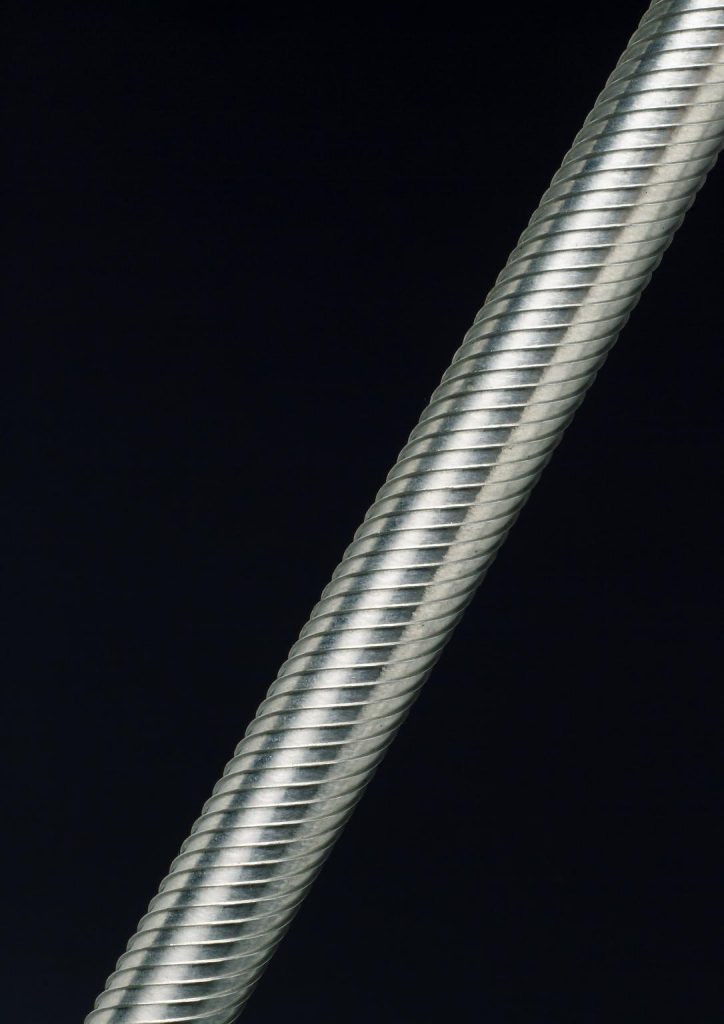Table of Contents
The Small Modular Reactor Story
The concept of a Small Modular Reactor, or SMR, is a new innovation in the world of nuclear. The hottest topic in the nuclear industry right now, the concept of an SMR seeks to revolutionise, aiming to be both cheaper and faster to build than traditional large-scale power plants, with maximum safety. The overall aim? To answer nuclear’s critics, that development of nuclear power is too expensive and too slow!
Providing the opportunity to construct scalable nuclear power stations efficiently, it is anticipated that the SMR will be a massive help in the fight against climate change! They will also be more accessible to developing countries looking to kick-start their nuclear sectors from scratch.
What is a Small Modular Reactor?
The International Atomic Energy Agency (IAEA) define a Small Modular Reactor (SMR) as a nuclear reactor with a power capacity of up to 300 MW, about one third of a traditional power plant.
SMRs can use different reactor technologies to generate electricity, so they could work like a Pressurised Water Reactor (PWR), Boiling Water Reactor (BWR) or High Temperature Gas-cooled Reactor (HTGR) for example. Each SMR design can only be one type, they can’t be a PWR and a BWR at the same time for instance.
Small
An SMR is designed to be compact, physically a fraction of the size of a conventional large-scale nuclear power reactor.
Modular
Systems and components are built and put together in a factory and transported to site for installation as a unit.
Reactor
A small modular reactor harnesses nuclear fission reactions to generate heat, using this heat to produce electricity.
How does a Small Modular Reactor compare?
Advantages of a Small Modular Reactor
Small
They are smaller so they can be sited at many locations where large reactors can’t be built. They do not have to be on the coast with access to sea water because they do not need as much emergency cooling as large reactors.
Affordable
Parts and systems of the reactor can be mass produced in a factory, then shipped to be assembled on site. This allows more control in manufacturing, this means that construction will be much cheaper and faster than large reactors.
Accessible
By being smaller and cheaper, SMRs will be more accessible to developing economies that cannot afford large nuclear power plants. This will enable developing countries yet to start a nuclear industry (including those in Africa, Asia and South America) to start generating more electricity that is carbon neutral.

Versatile
They are versatile as they can be used to generate electricity, provide steam for heating, or be used to generate hydrogen. They can be installed near industrial plants to provide heat for activities such as steel making. They can contribute to the green hydrogen economy by generating it carbon free.
Safe
Compared to existing older reactors they are simpler and more modern, relying more on passive safety systems and operate at lower power and pressure. In some designs, no people will be needed on site as the reactor will be remotely controlled!
Refuelling
SMRs can go longer without being refuelled. Existing plants need to be refuelled every 1-2 years. Most SMR designs can go much longer without needing to be shut down for refuelling, for most it ranges from 3-7 years. Some will be able to run for 30 years on the first fuel load!

Limitations of a Small Modular Reactor
Novelty & Uncertainty
Since they are new and no SMRs have been built yet, their construction and performance is still unknown. However, once a few have been constructed and are operating and the designs are proven, this will no longer be an issue.
Race Against Time
Another consequence of SMRs being new innovations is that it takes many years to go from designing one to switching one on. Beyond it taking time to design, the reactors have to go through licensing to ensure they are safe to build. This places SMRs at a disadvantage to wind turbines and solar panels as they can be constructed much faster.
Where are Small Modular Reactor sites?
Global Status
There are many companies around the world designing their own SMRs. There are 78 registered designs on the IAEA public database.
This graph shows the different reactors being designed across the world and where they are being developed. All these companies are racing to be the first to successfully design and build an SMR.
UK Status
The first one in the UK is expected to be built for power on in the early 2030s. It will take time to build the first one because the designs have to be licensed by the Office for Nuclear Regulation, then the factories have to be built to put the parts together before the power plant is assembled on site. After the first one is built the following power plants will be constructed much faster as the supply chain is established, and lessons will be learned to make it more efficient.
There is currently a competition being run by Great British Nuclear to determine which companies and SMR designs that the UK government should support going forward. In October 2023 this was shortlisted to six companies that have been invited to bid for UK government contracts as part of the next stage of the competition. This will result in a final investment decision in 2029.
Case Study:
Linglong One, in China’s Hainan province, is due to go online by the end of 2026. This small modular reactor, based on pressurised water reactor, will be one of the first operational SMRs in the world. The reactor is expected to produce 125 MWe power, contributing to China’s electricity grid and supporting industry and technology via steam production, desalination and direct heating and cooling.
Explore Further
Choose from the articles below to continue learning about nuclear.
The Small Modular Reactor – Compact, Efficient, Scalable: Revolutionising Nuclear
Lead-cooled Fast Reactor (LFR) – from Metal to Megawatts
Advanced Modular Reactor (AMR) – The Future of Nuclear Energy Explained
Pressurised Water Reactor (PWR) – The Most Common Nuclear Reactor
Did you know? Explore Nuclear also offers great careers information and learning resources.
Below you can find references to the information and images used on this page.
Content References
- Advanced Reactors Information System (ARIS) – International Atomic Energy Agency
- Generator stator installed at Linglong One – Nuclear Engineering International
- Outer dome installed on Chinese small modular nuclear reactor – World Nuclear News
- Small Modular Reactors: competitive technology selection process – UK Government
- Small Nuclear Power Reactors – World Nuclear Association
- What are Small Modular Reactors (SMRs)? – International Atomic Energy Agency
- What are small nuclear reactors and why does the UK want to build them? – BBC News
